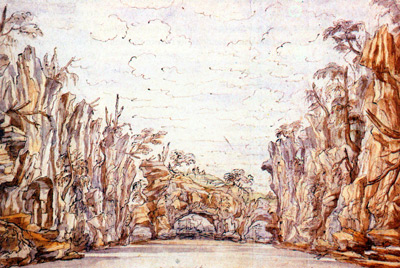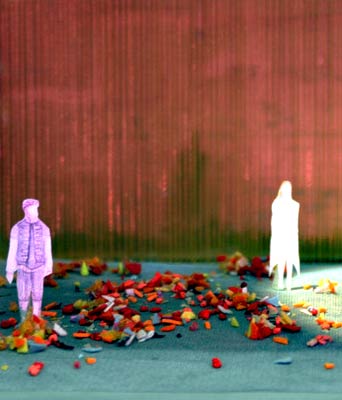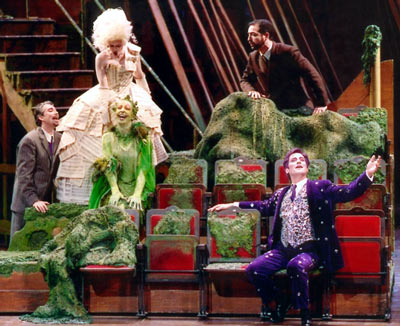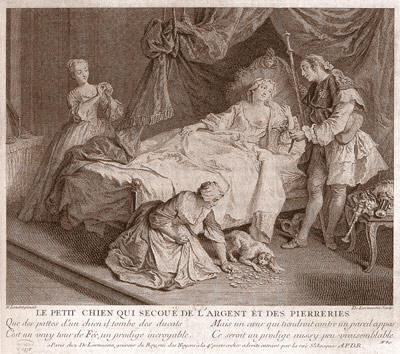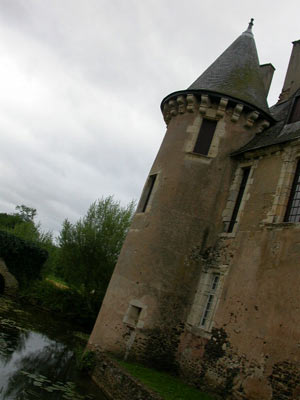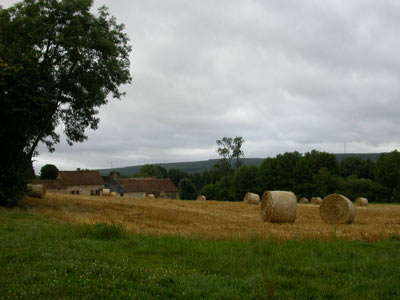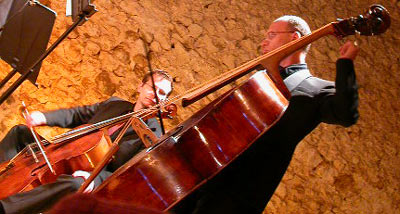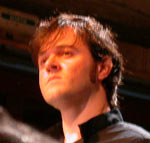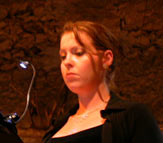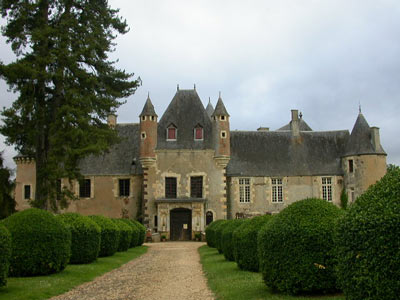The Imaginative World of Ariosto
(Arioste imaginaire, Arioste imaginé)
February 26 to May 18, 2009
Musée du Louvre, Paris.
Ariosto first published his
Orlando Furioso in Ferrara in 1516, and the epic poem, telling the adventures of Orlando, quickly became an extraordinary source of inspiration for the arts and literature. The exhibition, featuring works from the Renaissance to the 19th century proposes a reflection on the mutual influences of images and text in artistic and literary creation.
Ariosto's work also influenced a lot the 17th &18th-century operatic world. The character and adventures of Orlando inspired various libretti, and composers like Vivaldi (
Orlando Finto Pazzo and then
Orlando Furioso), Scarlatti, Händel, Lully (
Roland). Orlando Furioso's secondary characters became the central characters of some operas :
Alcina (Albinoni, Händel),
Ginevra principessa di Scozia/
Ariodante (Perti, Pollarolo, Sarro, Händel, Wagenseil). Even Rameau's
Les Paladins, based on tale by La Fontaine finds its origins in Orlando Furioso (canto 43). For that reason, the exhibition is completed with a musical program.
Concerts
Extracts from :
Händel, Orlando, Alcina, Ariodante
Lully, Roland Furieux,
Vivaldi, Orlando Furioso
Solistes de l'Atelier lyrique de l'Opéra national de Paris :
Les Paladins & Jérôme Correas
Auditorium du Louvre - March 4, 2009
Théâtre de Suresnes Jean Vilar - March 6, 2009
More about the concerts
Filmed operasAlcina, by Georg Friedrich Händel
Scottish Chamber Orchestra - Raymond Leppard,
Chorale Elisabeth Brasseur - Catherine Brilli,Cast :Ann Murray, Valerie Masterson, Christiane Eda Pierre, Theresa Berganza, Philip Landridge.
Ina/Antenne 2, 1978, 124 min.
Introduction speech on the theme
Ariosto and the baroque opera.
March14, 2009 - 3:00 pm
Orlando Furioso, by Antonio Vivaldi
Orchestre de l’Opéra de San Francisco - Randall Behr,
Cast : Marilyn Horne, Kathleen Kuhlmann, Susan Patterson, Jeffrey Gall, Sandra Walker.
Réal : Brian Large, prod : Arthaus, 1989, 147 min.
March 14, 2009 - 7:00 pm
Les Paladins, by Jean-Philippe Rameau
Les Arts florissants - William Christie,
Opus Arte, 2005, 140 min.
March15, 2009 - 3:00 pm 
 17th & 18th-Century history, arts & music
17th & 18th-Century history, arts & music

